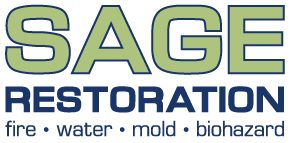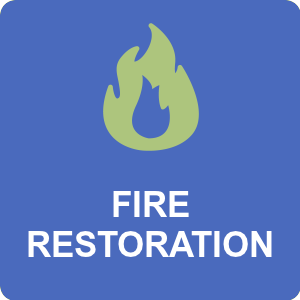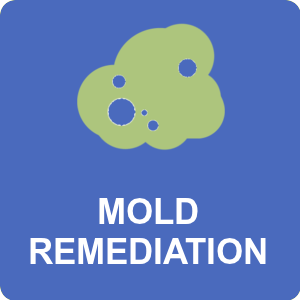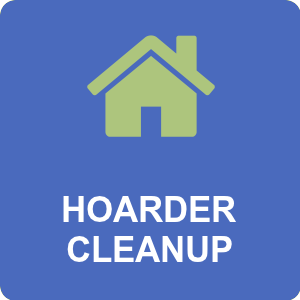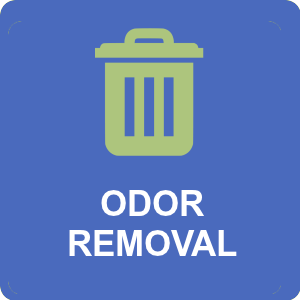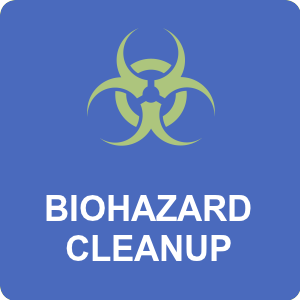Finding mold is the first step to getting rid of it. We noted in last week’s installment of the Mold Matters series that mold can rear its ugly head in a variety of places in your kitchen. As we continue our Mold Matters series, we take a look at the dangers inside your chimney. Everyone knows to beware of smoke and fire, but it’s the lesser-known culprit, mold, that can surprise you.
Mold can and will grow and spread just about anywhere it gets access to moisture and food (like the building materials that make up your home). So if moisture makes its way into your chimney — through damaged masonry or other damaged components — that dark, enclosed and moist space can make a perfect home for mold.
Why Should You be Worried About Chimney Mold?
Mold growth creates stains and smells, and those annoyances are reason enough to not want it in your home. But health-related issues are more concerning. Airborne mold spores contribute to a variety of health issues, including respiratory problems, skin and eye irritation and longer-term illnesses. Certain types of mold — “black mold” — are toxic, and have been linked to severe issues from pulmonary illnesses to nerve damage and more. People who already struggle with respiratory issues or have weakened immune systems have been found to be particularly susceptible to the effects of mold. So it’s important to know about mold growth, and to deal with it quickly if it’s found in your home.
How Do You Know If There’s Mold In Your Chimney?
It’s possible that you’ll see the signs of mold on or around your chimney —discoloration of the masonry or adjacent building materials. More often, though, if mold is growing inside your chimney where it isn’t in plain sight, the first indication will be a musty odor. We all know the smell of mold — it’s what most of us think of as that dank and unpleasant old-basement smell. If you notice an odor, Sage Restoration assess whether there’s a moisture issue and mold growth and remediate the problem.
How Does Mold End Up In My Chimney?
Mold spores are everywhere, and if they get a dark space to thrive and moisture to feed on, they’ll grow. So mold growth in your chimney is a sure indication that there’s a moisture issue — and dealing with that moisture issue is the key to dealing with your mold.
What Can You Do To Get Rid Of Mold In Your Chimney?
The most effective way to get rid of chimney mold: Contact Sage Restoration. Since breathing mold spores can be dangerous, it’s generally not advised to clean mold yourself. If there’s mold growth inside your chimney, it’ll require special tools to properly get to it. But beyond that, cleaning mold without addressing the moisture intrusion or leak issues is a temporary fix — the mold will grow back again. We can inspect and clean the mold from your chimney, find any leaks or moisture intrusion issues and get you in touch with a reputable company that can make the repairs.
Summer is the best time to inspect your chimney since it is not in use. If there is mold growth, you want remediate it immediately and properly. Get prepared for the winter months today. You never know, you may get an extra gift from Jolly ‘Ol St. Nick.
As we stated in our last installment of Mold Matters, there are so many cracks, creaks and crevices that mold can hide. In our next installment, we’ll take a look at the potential of mold growth in and around front load washing machines.
If you are concerned about mold growth in your chimney, contact the experts at Sage Restoration. Not only will we remove the mold and odor, we’ll provide you service with compassion!
